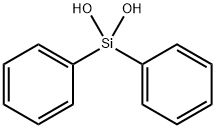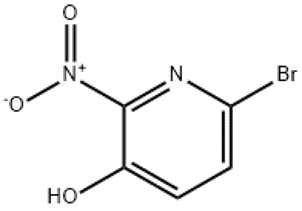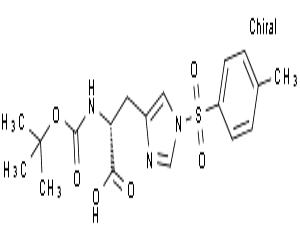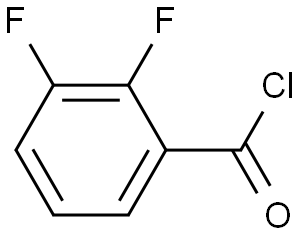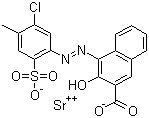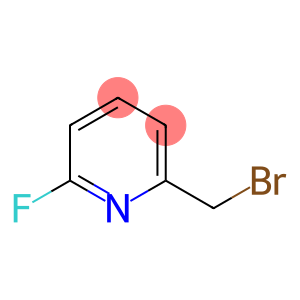Diphenylsilanediol; Diphenyldihydroxysilane(CAS#947-42-2)
| Hazard Symbols | F – Flammable |
| Risk Codes | R11 – Highly Flammable R10 – Flammable |
| Safety Description | S16 – Keep away from sources of ignition. S22 – Do not breathe dust. S24/25 – Avoid contact with skin and eyes. S37 – Wear suitable gloves. S26 – In case of contact with eyes, rinse immediately with plenty of water and seek medical advice. |
| UN IDs | UN 1325 4.1/PG 3 |
| WGK Germany | 1 |
| RTECS | VV3640000 |
| TSCA | Yes |
| HS Code | 29319090 |
| Hazard Class | 4.1 |
| Packing Group | III |
Introduction
Diphenylsiliconediol (also known as arylsilicondiol or DPhOH) is an organosilicon compound.
Common properties of diphenylsilicondiol include:
1. Physical properties: colorless crystalline solid, soluble in organic solvents such as ethanol and dimethylformamide.
2. Chemical properties: It has good electrophilicity and can condense with many compounds such as acid chloride, ketones, esters, etc.
The main uses of diphenylsilicondiol include:
1. Organic synthesis: its electrophilicity can be used as a condensation reagent for the generation of esters, ethers, ketones and other target products in organic synthesis.
2. Material chemistry: As an organosilicon intermediate, it can be used to prepare organosilicon polymers and polymers.
3. Surfactant: It can be used as a raw material for surfactant.
The preparation method of diphenylsilicondiol is generally obtained by the reaction of phenylsilyl hydrogen (PhSiH3) with water. Transition metal catalysts such as palladium chloride (PdCl2) or platinum chloride (PtCl2) are often used in the reaction.
Safety Information: Diphenylsilicondiol is relatively safe and non-toxic under normal use conditions. It is still necessary to follow the safety protocols of general chemical laboratories during operation, such as wearing personal protective equipment, avoiding contact with skin and eyes, and avoiding inhalation or ingestion. For specific safety information and protective measures, the safety data sheet or relevant safety guidelines for the compound should be consulted.


